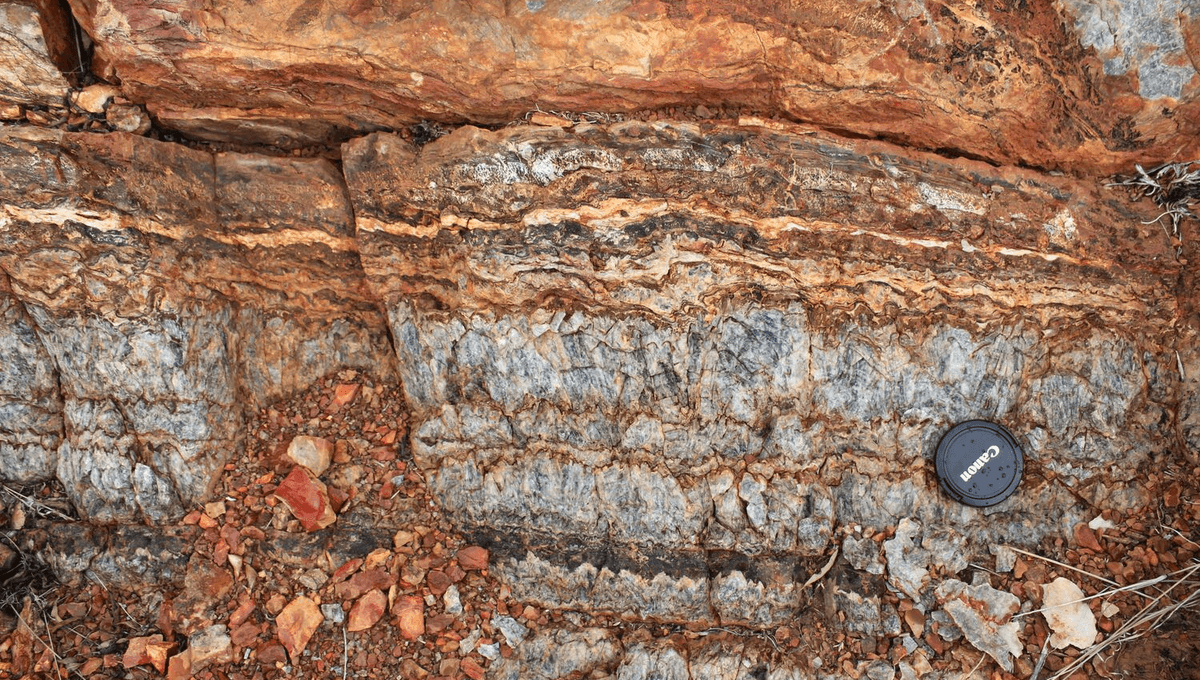Three and a half billion years ago, life not only managed to survive but also diversified, leading to the observable differences in remnants that exist today.
Over the course of Earth’s history, numerous cycles of geological upheavals and transformations have erased much of the evidence from the early stages of life. However, certain regions in Western Australia, such as parts of the Pilbara Craton, have preserved traces dating back 3.48 billion years.
Among the materials that offer valuable insights from this ancient era, barite stands out due to its stability under extreme temperature and pressure conditions, as well as its resistance to dissolution in water.
University of Göttingen PhD student Lena Weimann and her research team have analyzed black bedded barite samples sourced from [ppp1], which are depressions formed post-volcanic eruptions that often transform into lake-filled hollows. These calderas, characterized by hot fluids, serve as energy and nutrient sources for present-day life forms and are believed to mirror the environments where early life thrived. Within the barite samples, the researchers discovered carbonaceous particles that bear the molecular signatures of ancient life forms.
Weimann emphasized the significance of their findings, highlighting that remnants of the earliest organisms can still be discerned within remarkably old materials.
The barite specimens from the Pilbara Craton in Western Australia have revealed the presence of three types of organic molecules, suggesting the coexistence of two distinct life forms during that era.
Despite the limited information available about these ancient organisms, the research team’s utilization of advanced observation techniques unveiled three distinct populations of carbonaceous materials. These populations indicate the early evolution of specialized niches among the primitive life forms.
The predominant population is located at the peripheries of individual growth bands within the barite crystals, while the second population is finely dispersed throughout the barite matrix. The third population is identified within the veins that intersect the barite. The first two populations seem to have been deposited during the crystallization of barite, whereas the introduction of quartz, along with the third population, occurred at least 200 million years later.
The researchers propose that the first population originated from organic particles accumulating on crystal surfaces at the interface of water and sediment. Subsequently, as hydrothermal fluid flow diminished or temperatures decreased, these particles, resembling those produced by modern single-celled organisms, became integrated into the rock formations.
During periods of increased fluid flow, particles possibly sourced from distant organisms were transported along, leading to higher crystallization rates and the dispersion of particles within the growing crystals, giving rise to the second population.
The comprehensive study detailing these findings has been published in an open-access journal.
